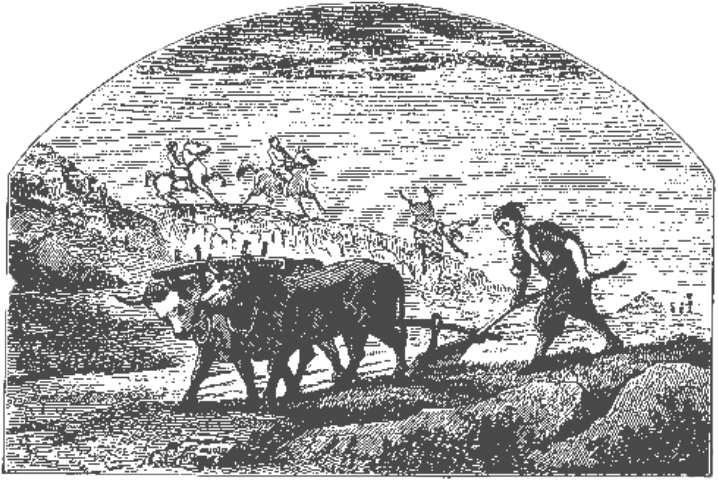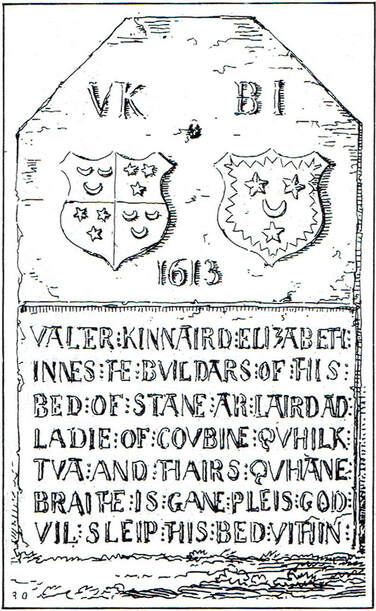The Girnel of Moray
|
Culbin was one of the best estates in Scotland, extending to 3,600 acres. There were 16 farms with tenants paying £200 Scots and 40 bolls of wheat, beer, oats and meal in kind. It also had many smaller crofts and valuable salmon fishing.
|
‘The Barony of Culbin was originally in the possession of the celebrated de Moravia family. In 1400, Egidia the daughter and heiress of Richard de Moravia, married Thomas Kinnaird of that Ilk, a Perthshire landowner. On Egidia’s death Culbin was left to her second son. The estate remained in the hands of the Kinnarids for the next three hundred years until 1698 when, after the Sand Drift, the family were ruined and the estate sold. |
Rampini, in his History of Moray and Nairn, wrote: “And such was the fertility of the deep, rich, alluvial soil, the produce of he fine slit carried down by the Findhorn in times of flood for unnumbered ages, that it was known as the Granary or Girnel of Moray. No matter what other estates suffered from late frost or protracted droughts, the crops of Culbin never failed. It was said that one year a heavy crop of barley was reaped though not a drop of rain had fallen since it was sown”.
The rental value of the estate in 1694 was £2,720 Scots, 640 bolls of wheat, 640 bolls of beer, 640 bolls of oats and 640 bolls of oatmeal which, in addition to the salmon fishing, totalled something not far off £6,000 sterling.
|
The mansion house was in keeping with this handsome income. It was a large square building of dressed stones, set amongst rows of shady trees, with a prolific garden, a spacious lawn, and most fruitful orchard. As a Barony, it had doocot which stood on a little eminence by the house. There was a church at Chapelhill.
“Nothing that conduce to the comfort or convenience of Coubine was wanting”.
“But now, the spectator standing on Cluny Hill sees before him, stretching along the low coast westwards from Findhorn, a wide expanse of undulating sandy dunes”.
|
|
|





